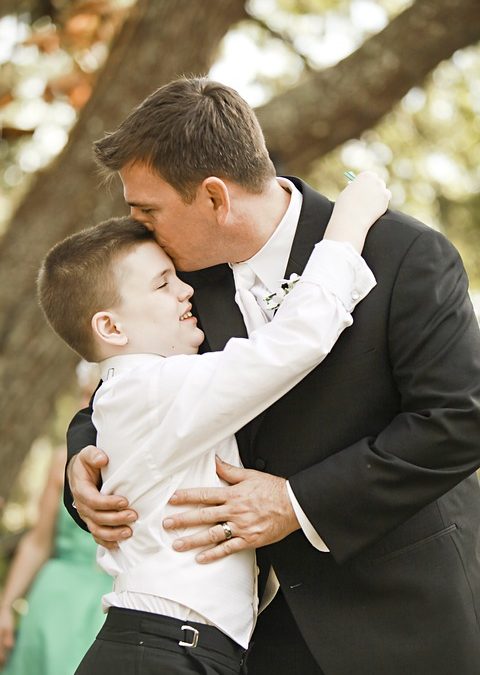Table of Contents
It is normal for babies and children to have trouble settling or falling asleep. Many infants are fussy about falling asleep, and it may take some time before they ease into a normal sleep cycle. As time goes by, the number of daytime naps they have to take decrease, while their nighttime sleep regularizes, stretching to longer periods.
However, for children with autism, developing sleep disorders is unfortunately common; indeed, an estimated 40% to 80% of children with autism have difficulty falling asleep. This leads to lack of sleep, and thus they may feel tired or lethargic throughout the day. They may experience restlessness and poor sleep quality as well as irregular sleep patterns. They may wake up several times in the middle of the night and have trouble falling back to sleep.
Lack of sleep, or poor sleep quality, can have an impact not only on children with autism themselves but also on everyone in the family. If your child, for instant, is constantly up throughout the night, you would be too in order to tend to them.
There are a number of strategies and lifestyle interventions you can implement to help improve your child’s sleep quality.
Possible Reasons for Trouble Sleeping in Children with Autism
Communication Problems
Children with autism often have difficulty expressing what they want or need. They may be experiencing some discomfort during bedtime, but since they cannot express themselves well, they end up staying awake. They may also be unable to pick up cues that it’s bedtime in the first place. To address this, you would have to learn the signals your child may be giving out.
Routine and Habits
Children with autism have a fixation on routines and they often develop their own rituals early on. This may extend to their bedtime. They may only fall asleep on a specific hour, for instance. Or they may settle on one place and would have trouble settling when moved. Habits like these are difficult to break. At best, you would have to stick to the routines they set as much as possible.
Fixations on Certain Objects
We’ve all had a comfort blanket or a favorite toy that we need to have before falling asleep when we’re younger. For children with autism, this factor may be taken to a more profound level. They might have a favorite teddy bear that must be with them before going to bed, otherwise they won’t fall asleep. These objects and associations are also hard to wean away from children with autism.
What kind of effects do sleep problems have?
Lack of sleep and poor sleep quality have a serious impact on health and well-being, especially that of a growing child’s. It is during sleep that the body takes its time to regenerate cells and replenish our energy. Without enough sleep, or with poor sleep quality, a child with autism may exhibit aggression, depression, hyperactivity, or irritability. It may also lead to increased behavioral problems as well as a decline in their cognitive performance.
How Can You Help Your Child Sleep Better?
Here are some strategies that can help you manage and address your child’s sleeping problems.
Establish a clear nighttime routine.
Develop a positive nighttime routine for your child. Include activities your child enjoys in your nightly schedules. For instance, you and your child may start solving puzzles for half an hour after eating dinner, before sending them to bed. This way, they have a positive feeling associated with going to bed.
Bedtime should also be age-appropriate; your child should be sleepy but not exhausted. Ensure that the bedtime will enable you to wake your child up after at least 8 hours of sleep before their day starts.
Remind your child that bedtime is approaching too. Children with autism have a tendency to lose track of time. Your child gets upset with being interrupted in the middle of an activity only for you to tell them that it’s already bedtime.
Create a calm sleep environment
If your child has a favorite toy or object, make sure it’s there when they get to bed. If you’re trying to break this habit, do so gently and not immediately. You may try to introduce new objects into their routine little by little, so that your child may rely on more than just a single object. That way, it would be less difficult to take the older objects away when the time comes.
Ensure that your child’s room is conducive to sleep. There shouldn’t be distractions such as televisions or video games. You may turn on soft music to relax your child.
Also make sure to always let your child fall asleep on the bed, not on the couch or on the floor. If they are already sleepy, gently encourage them to move to the bed as they have to understand that that is the proper place for sleep. You might need to use cues or other signals to let your child learn how to fall asleep on the bed by themselves.






 I love to write medical education books. My books are written for everyone in an easy to read and understandable style.
I love to write medical education books. My books are written for everyone in an easy to read and understandable style.